JCollins62
TPF Noob!
- Joined
- Aug 28, 2012
- Messages
- 17
- Reaction score
- 0
- Location
- New Jersey
- Can others edit my Photos
- Photos NOT OK to edit
Hi, New shooter here. So I have this Nikon D80 and I have recently revived my passion for photography. I just went to New Hope, PA and shot about 100 black and white photos. Hearing that RAW was the best format to shoot in I set my camera as such. I get home and anxiously import my day's shooting and low and behold they've all imported as color photos. I didn't want color. So...do I have to go to Photoshop and convert every photo back into B&W?
Thanks in advance,
Joe
Thanks in advance,
Joe



![[No title]](/data/xfmg/thumbnail/35/35963-4809c92024a0e6355dd194caf9297701.jpg?1619737279)

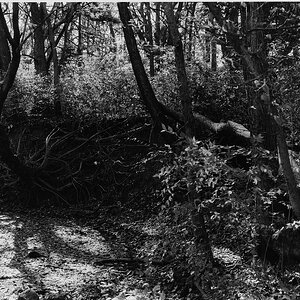
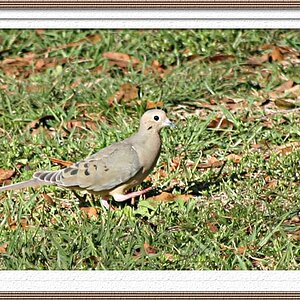
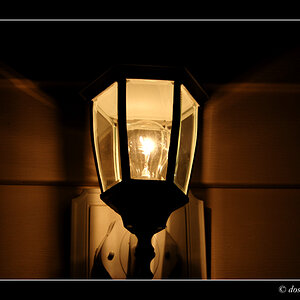
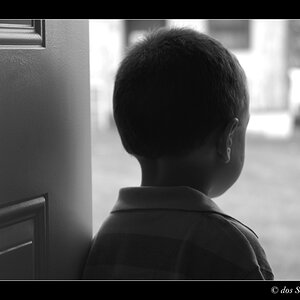

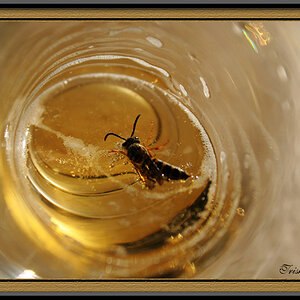
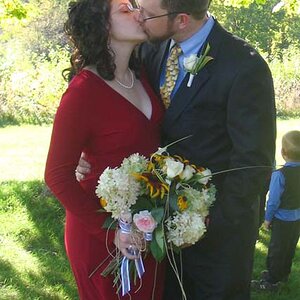


![[No title]](/data/xfmg/thumbnail/34/34076-d491e0e556e88ef7f797efcbe6083299.jpg?1619736268)